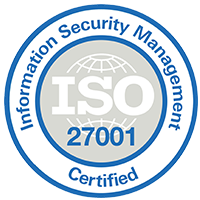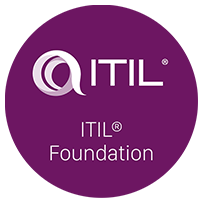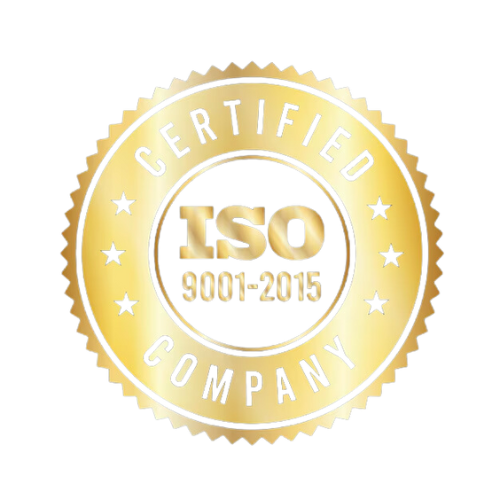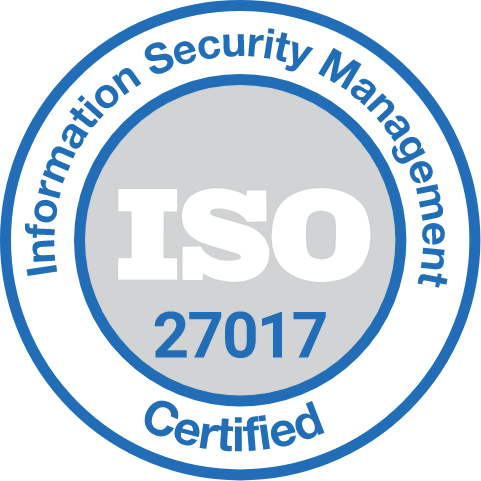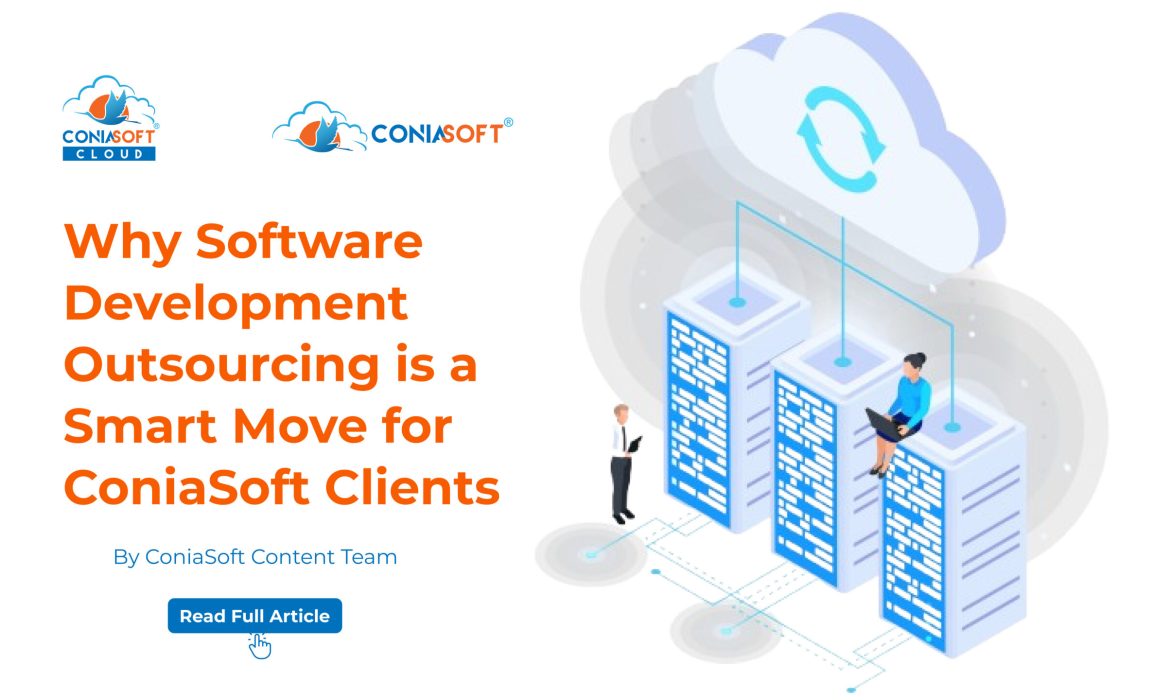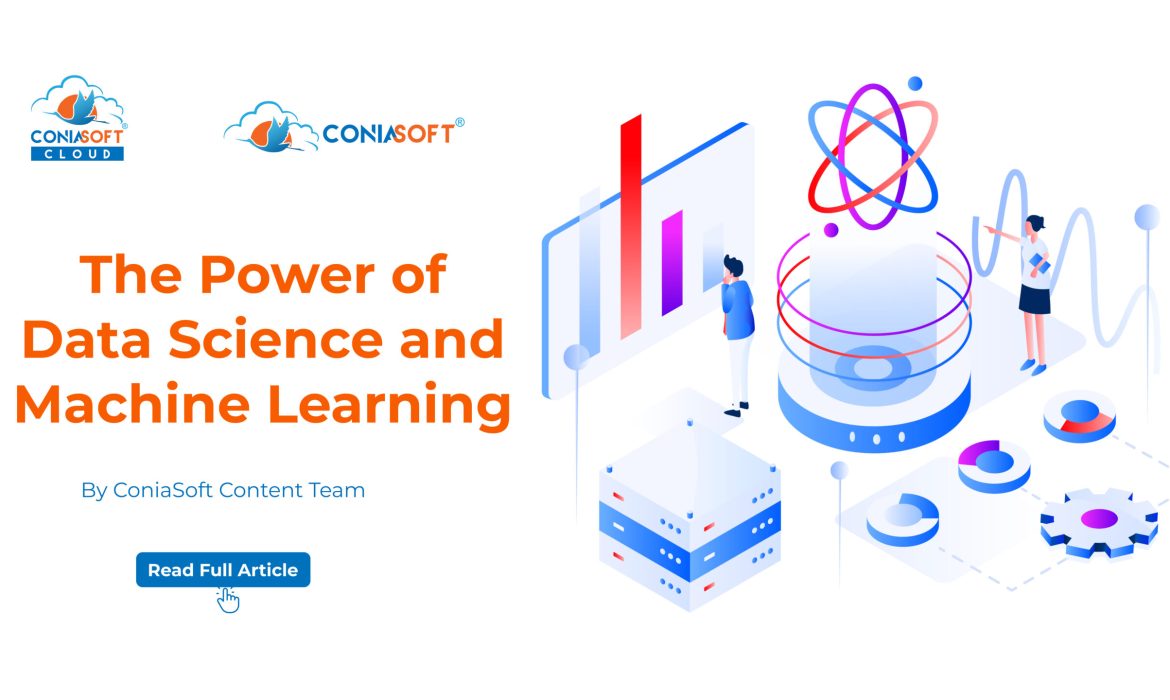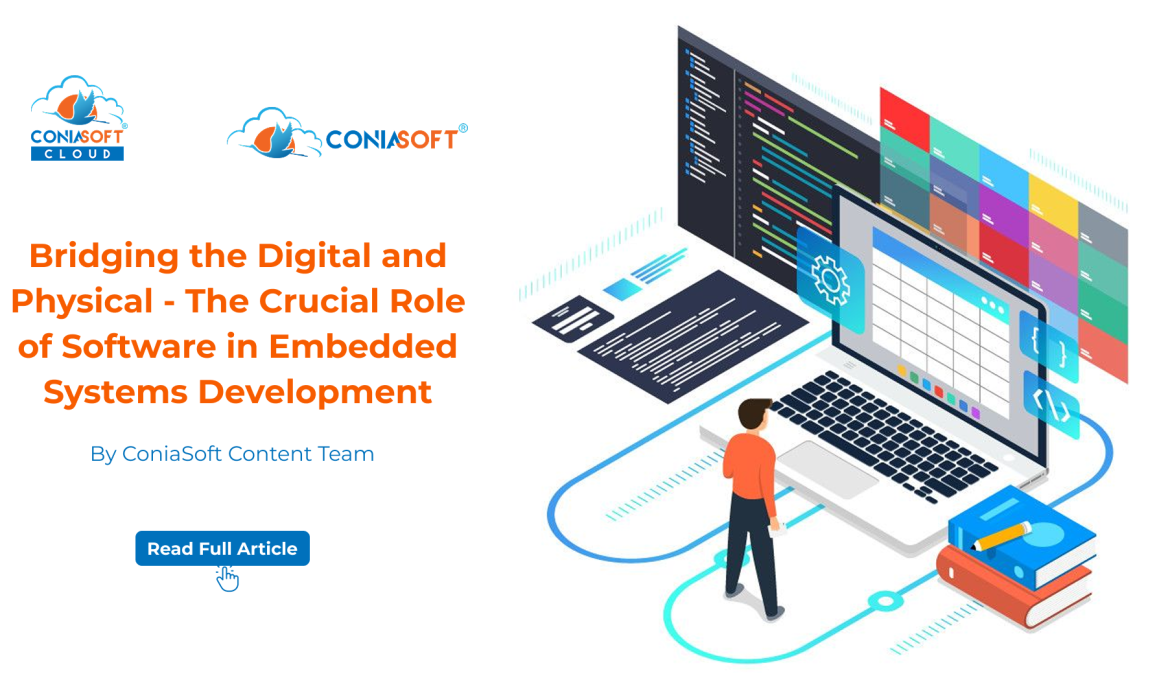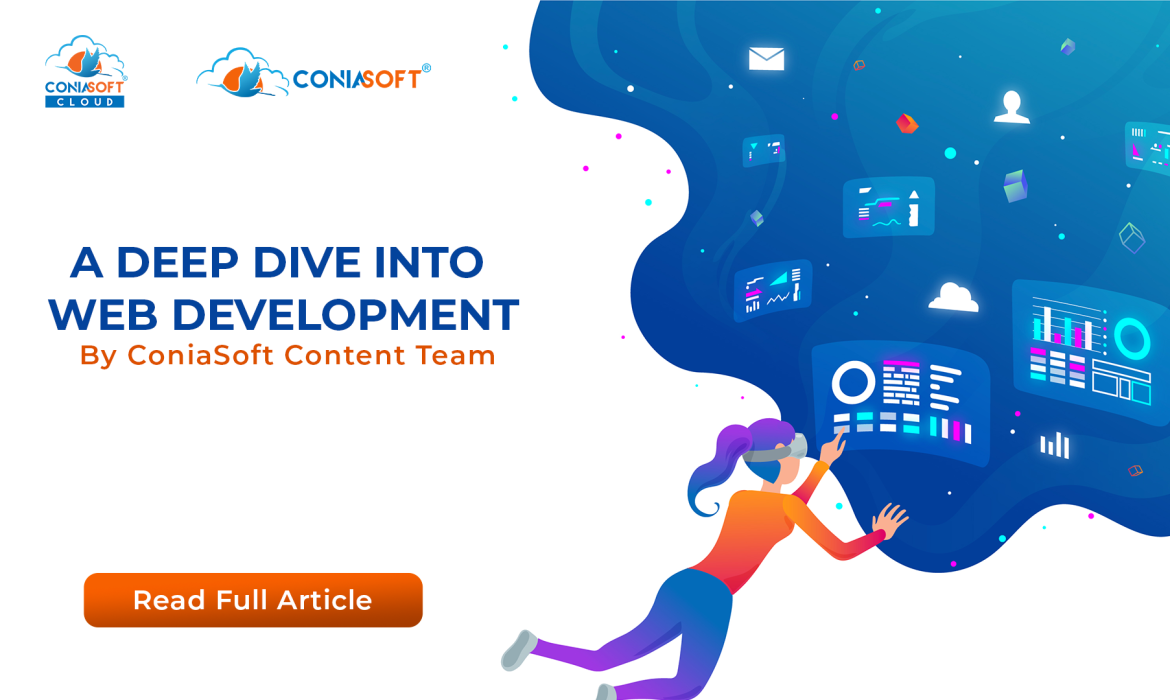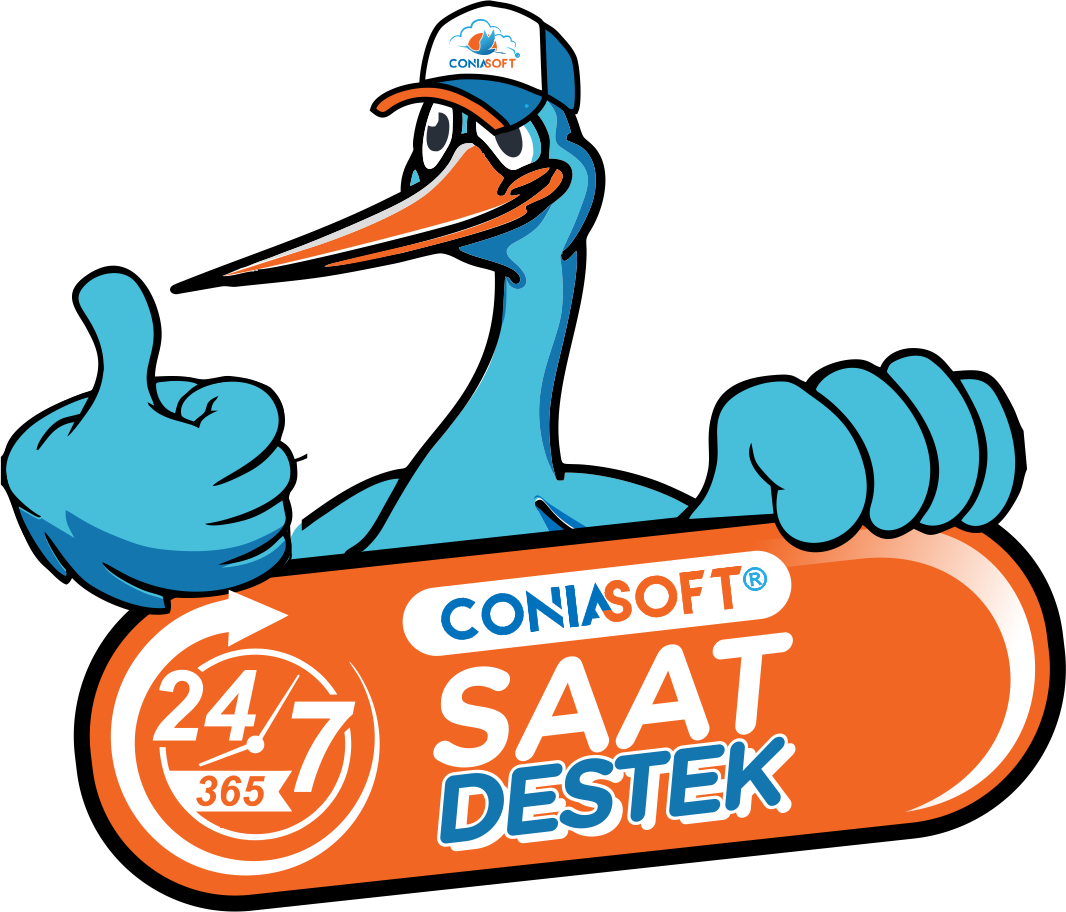Essential Software Development Skills for 2025 and Beyond
The landscape of software development is a dynamic and ever-evolving realm, where the technologies and methodologies that are groundbreaking today may become standard practice by tomorrow. As we approach 2025, it’s increasingly evident that while fundamental programming skills are undeniably important, the most sought-after developers are those who can wield a diverse array of both technical and “power” skills with finesse.
In this fast-paced environment, adaptability and versatility are key. Moreover, soft skills—such as problem-solving, teamwork, and effective communication—are becoming equally vital.
Here’s a closer examination of some of the most in-demand software development skills poised to distinguish you in the years ahead:
The Technical Titans: Languages and Paradigms
In the ever-evolving realm of programming, while certain languages may wax and wane in popularity, an unwavering understanding of foundational programming concepts coupled with versatility across various languages remains essential for any aspiring developer.
- Python: Currently reigning as the dominant force in programming, Python’s remarkable versatility makes it an indispensable tool in a developer’s arsenal. With its user-friendly syntax and extensive library support, Python excels in a myriad of applications—from artificial intelligence and machine learning, utilizing frameworks such as TensorFlow and PyTorch, to web development with robust frameworks like Django and Flask. Additionally, its prowess in data science, evidenced by powerful libraries like Pandas and NumPy, keeps it firmly at the forefront of modern programming.
- JavaScript (and TypeScript): Often hailed as the undisputed king of web development, JavaScript continues to power the interactive web with its dynamic capabilities. The rich ecosystem surrounding JavaScript, which includes popular frameworks like React, Angular, and Node.js, makes it indispensable for both front-end and full-stack development. Enhancing JavaScript’s capabilities, TypeScript—a superset that introduces static typing—provides developers with the tools to create more robust and scalable applications, catering to the intricate demands of today’s software development landscape.
- Java: A steadfast pillar for enterprise-level applications, Java maintains its status as a powerhouse due to its stability, scalability, and comprehensive ecosystem. Renowned for its ability to handle large-scale systems reliably, Java also serves as the foundation for Android app development, allowing for the creation of high-performance mobile applications.
- Cloud Computing (AWS, Azure, GCP): In today’s tech landscape, cloud computing is no longer a luxury but a fundamental necessity. Mastery of cloud platforms such as Amazon Web Services (AWS), Microsoft Azure, and Google Cloud Platform (GCP) is critical for developers. This includes grasping essential concepts such as serverless computing, containerization technologies (like Docker and Kubernetes), and Infrastructure as Code (IaC) tools such as Terraform, which facilitate efficient and scalable deployment.
- Data Structures and Algorithms (DSA): Data structures and algorithms are the bedrock upon which efficient and scalable code is built. A comprehensive understanding of DSA is not merely advantageous; it is a vital requirement for tackling complex challenges and is often the crux of technical interviews.
- DevOps and CI/CD: The capacity to streamline both the development and deployment processes is crucial in today’s fast-paced environment. Proficiency in DevOps methodologies alongside Continuous Integration and Continuous Deployment (CI/CD) practices—utilizing tools like Jenkins and GitHub Actions—ensures that software can be released faster and with enhanced reliability.
The Emerging Powerhouses: Riding the Waves of Innovation
As technology progresses, several new sectors are emerging with explosive growth and a pressing demand for specialized skills.
- Artificial Intelligence (AI) and Machine Learning (ML): AI is revolutionizing industries across the globe. Developers who possess expertise in machine learning frameworks like TensorFlow and PyTorch, along with a profound understanding of AI models and the integration of AI-driven solutions, are in high demand. Knowledge of generative AI and prompt engineering further distinguishes these professionals in the competitive landscape.
- Cybersecurity: With the rising tide of cyber threats, a security-conscious approach is paramount. Developers must cultivate a “security-first” mindset, becoming familiar with secure coding practices, awareness of common vulnerabilities as outlined by the OWASP Top 10, and principles of data protection to safeguard applications effectively.
- Data Engineering: As data continues to be hailed as the new oil, mastering the art of building and managing robust data pipelines is of utmost importance. Skills in handling large datasets, familiarity with databases (both SQL and NoSQL), and proficiency with tools like Apache Spark are highly sought after in this data-driven era.
- Mobile Development (Native and Cross-Platform): The mobile-first landscape is thriving, creating a demand for expertise in both native development (using Swift for iOS and Kotlin for Android) and cross-platform frameworks such as React Native and Flutter, which allow for the creation of applications that cater to multiple operating systems.
- UI/UX Design Principles: Although traditionally not considered core developer skills, an understanding of User Interface (UI) and User Experience (UX) design principles is becoming increasingly crucial. Developers who can contribute to crafting user-friendly, aesthetically pleasing applications gain a significant advantage in a competitive marketplace.
The Indispensable Soft Skills: Beyond the Code Editor
In a collaborative and fast-paced environment, soft skills hold equal weight alongside technical expertise.
- Problem-Solving and Critical Thinking: At the heart of software development lies the challenge of solving complex problems. The capacity to dissect issues, analyze them critically, and devise effective solutions is invaluable in this field.
- Communication and Collaboration: Software development seldom occurs in isolation. Strong communication skills—both written and verbal—are vital for effective teamwork, articulating technical concepts clearly, and collaborating with non-technical stakeholders, fostering a cohesive work environment.
- Adaptability and Continuous Learning: Given the rapid evolution of technology, developers who are adaptable, willing to embrace new ideas, and committed to continual learning will not only remain relevant but also thrive in their careers.
- System Design: As applications grow more intricate and distributed, the ability to design scalable, resilient, and efficient system architectures becomes a highly coveted skill, particularly for seasoned developers aiming to tackle complex challenges in large systems.
By focusing on a strong foundation in core technical skills, embracing emerging technologies and honing essential soft skills, developers can position themselves for a successful and impactful career in the years to come.
Building Sustainable Software for a Sustainable Future
In a world increasingly conscious of its environmental footprint, the software development industry is facing a new, vital challenge: sustainability. Gone are the days when “green” was just a buzzword; today, it’s becoming a core principle guiding how we build and deploy digital solutions. As we look towards 2025 and beyond, “green software development” isn’t just a niche, it’s an imperative.
But what exactly does sustainable software development entail? It’s more than just using renewable energy for data centers (though that’s crucial!). It’s about a holistic approach that considers the environmental impact across the entire software lifecycle.
Here are some key areas where the green code revolution is taking shape:
- Energy-Efficient Code and Architecture
Every line of code we write and every algorithm we design consumes energy, which is why sustainable development emphasizes optimizing code for efficiency. This entails creating leaner codebases by reducing unnecessary complexity, eliminating redundant code, and avoiding bloated libraries. It also involves selecting efficient algorithms that perform tasks with minimal computational resources. Additionally, smart data management plays a crucial role; this includes minimizing data movement, leveraging compression techniques, and optimizing database queries. Embracing green architectures, such as serverless computing that automatically scales and minimizes idle resources, along with microservices that allow for better resource allocation compared to monolithic systems, is essential. Ultimately, the goal is to build software that runs faster, uses less processing power, and requires less underlying infrastructure, which directly translates to lower energy consumption.
- Cloud Optimization for Sustainability
Cloud computing has revolutionized scalability and accessibility, but it is not inherently green. To harness its sustainable potential, developers are focusing on several key strategies. One approach is selecting cloud providers and data centers that are powered by renewable energy sources, ensuring a lower carbon footprint. Additionally, they emphasize right-sizing instances to avoid over-provisioning resources, dynamically matching resource demand through auto-scaling. Continuous monitoring is also crucial, as it involves utilizing tools to track and optimize energy usage across cloud services. Together, these strategies aim to enhance the environmental sustainability of cloud computing.
- DevSecOps with a Green Lens (GreenOps?)
The highly successful DevOps methodology is evolving to incorporate sustainability metrics, leading to several key advancements. One significant development is the optimization of CI/CD pipelines, which focuses on reducing redundant builds and ensuring more efficient deployment processes. Additionally, the integration of automated security checks, often referred to as DevSecOps, is playing a crucial role in enhancing efficiency by addressing security concerns early in the development lifecycle, thereby preventing costly fixes later on. Moreover, the incorporation of carbon accounting tools to measure the environmental footprint of software processes allows organizations to quantify their impact and gain actionable insights for continuous improvement.
- Sustainable User Experience (UX) Design
Thoughtful design in user experience (UX) can significantly reduce a software’s environmental impact. For instance, incorporating dark mode in applications can lead to lower power consumption on OLED displays. Additionally, an intuitive design enables users to complete tasks more quickly and efficiently, ultimately reducing processing requirements. Furthermore, content optimization, such as compressing images and data, helps minimize data transfer and storage needs, contributing to a greener software environment.
Final Thoughts
While challenges still exist, including the initial costs associated with adopting greener technologies and the absence of a universal standard, the advantages of sustainable software development are compelling and multifaceted.
- Economic Savings: By significantly reducing energy consumption, companies can directly decrease their operational expenses, resulting in a healthier bottom line. Lower energy costs not only benefit individual organizations but also contribute to a more sustainable economy.
- Improved Performance: Writing efficient code often leads to the creation of applications that are not only faster but also more responsive. This improved performance enhances user experience, making applications more enjoyable and efficient for end-users.
- Enhanced Reputation: In today’s market, consumers and businesses alike are increasingly drawn to environmentally responsible partners. Organizations that prioritize sustainability often enjoy a stronger reputation, which can lead to increased customer loyalty and a competitive edge in the marketplace.
As we look to the future of software development, it becomes clear that the focus is shifting from merely constructing powerful and innovative applications to doing so in a responsible manner. By adopting green coding practices, utilizing cloud optimization techniques, and embedding sustainability principles into every aspect of the development lifecycle, we can pave the way for a digital future that is not only technologically advanced but also environmentally considerate.
The green coding revolution is upon us, and it is essential for every developer to embrace this movement, fostering a more sustainable and conscientious approach to software creation. Together, we can transform the industry and contribute positively to the planet.
Essential Software Development Terms for Every Professional
In today’s rapidly evolving digital landscape, the demand for innovative and robust software solutions is soaring. Businesses across industries are recognizing the transformative power of technology to streamline operations, enhance customer experiences, and drive growth.1 However, building and maintaining a high-performing in-house software development team can be a significant undertaking, often fraught with challenges.
How ConiaSoft Drives Real Digital Transformation with Strategic Software Development
In today’s rapidly evolving digital landscape, the demand for innovative and robust software solutions is soaring. Businesses across industries are recognizing the transformative power of technology to streamline operations, enhance customer experiences, and drive growth.1 However, building and maintaining a high-performing in-house software development team can be a significant undertaking, often fraught with challenges.
Common Complications in Software Development
In today’s rapidly evolving digital landscape, the demand for innovative and robust software solutions is soaring. Businesses across industries are recognizing the transformative power of technology to streamline operations, enhance customer experiences, and drive growth.1 However, building and maintaining a high-performing in-house software development team can be a significant undertaking, often fraught with challenges.
CONIASOFT BLOG Why Software Development Outsourcing is a Smart Move for ConiaSoft Clients
In today’s rapidly evolving digital landscape, the demand for innovative and robust software solutions is soaring. Businesses across industries are recognizing the transformative power of technology to streamline operations, enhance customer experiences, and drive growth.1 However, building and maintaining a high-performing in-house software development team can be a significant undertaking, often fraught with challenges.
CONIASOFT BLOG The Power of Data Science and Machine Learning
In the ever-evolving landscape of our modern world, we find ourselves surrounded by an overwhelming abundance of data. From the seemingly trivial clicks we make online to intricate readings from sophisticated medical devices, information is being generated at a staggering and unprecedented rate. However, in its raw and chaotic state, data holds minimal intrinsic value. It is through the intricate art and precise science of Data Science and Machine Learning that we are able to harness this deluge, transforming it into actionable insights that are revolutionizing industries globally.
CONIASOFT BLOG Bridging the Digital and Physical – The Crucial Role of Software in Embedded Systems Development
In today’s swiftly evolving digital landscape, mobile devices have emerged as indispensable instruments that not only enhance communication but also streamline work processes and offer an array of entertainment options. For businesses striving to foster meaningful connections with their target audiences, establishing a robust mobile presence has transitioned from being a mere optional enhancement to an imperative necessity. At the heart of this transformative shift lies mobile app development, a field dedicated to designing and building innovative applications specifically tailored for smartphones and tablets.
CONIASOFT BLOG MOBILE APP DEVELOPMENT: SOFTWARE ON THE GO
In today’s swiftly evolving digital landscape, mobile devices have emerged as indispensable instruments that not only enhance communication but also streamline work processes and offer an array of entertainment options. For businesses striving to foster meaningful connections with their target audiences, establishing a robust mobile presence has transitioned from being a mere optional enhancement to an imperative necessity. At the heart of this transformative shift lies mobile app development, a field dedicated to designing and building innovative applications specifically tailored for smartphones and tablets.
CONIASOFT BLOG A DEEP DIVE INTO WEB DEVELOPMENT
In today’s rapidly evolving digital landscape, building a strong online presence has become essential for businesses, creatives, and professionals. By embracing this necessity, individuals and organizations can better connect with their audience, showcase their work, and foster meaningful relationships that drive growth and success. At the core of every successful online venture lies the art and science of captivating web development. Whether you’re envisioning a simple portfolio website or a multifaceted e-commerce platform, grasping the intricacies of web development is essential for creating an impactful digital footprint.


